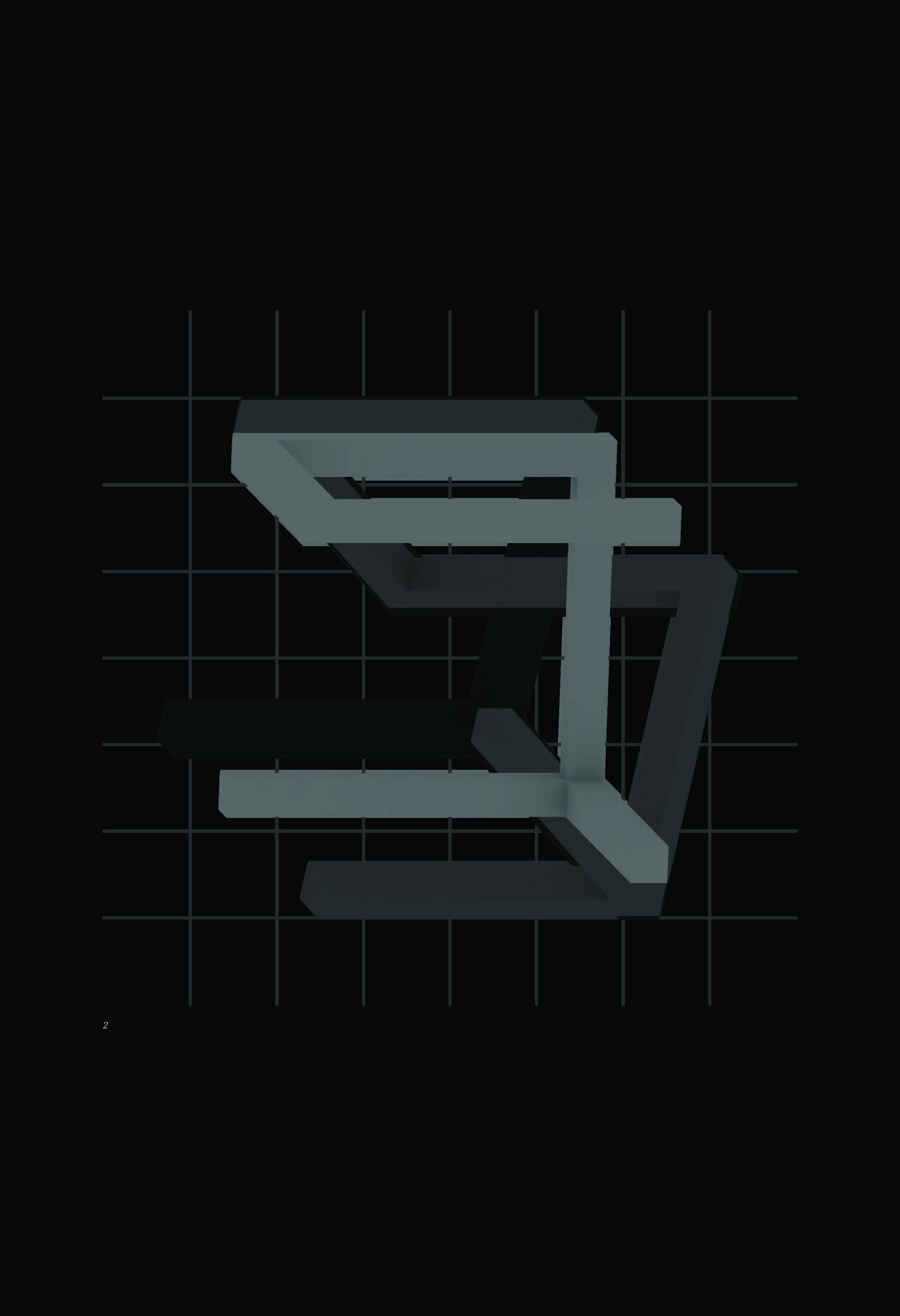
‘Squigglebots’ is a post-digital exploration into visual representation using parametricism, rapid prototyping, robotics, and digital artifacts
Drawing from the Digital, Rendering Out the Analog
From the course syllabus: “Since Evans’ essay published in 1989, drawing and rendering in architecture have become increasingly automated through computer graphics procedures - direction projection, clipping planes, photorealistic rendering, and so on. Questioning the sufficiency of digitality, the seminar introduces and explores techniques of representation that shift established hierarchies between the geometric and stereometric, the image and the object.
In the first half of the semester a vector-based drawing project appropriates two-dimensional effects (lines, strokes, fills, gradients) in the three-dimentional environment of Rhino using Grasshopper scripts designed for the course. The project refers to contemporary painters Kerstin Bratsch, Albert Oehlen, Garth Weiser, who are taking digital effects back into painting (i.e. keystrokes to brushstrokes).
In the second half of the semester, a raster-based rendering project will be produced within a hybrid analog/digital setup. Teams will capture physical objects using the earliest form of color photography, three color process, and the latest digital tools, including robotically controlled camera paths in the Robot House. The images will be mapped back to the digital models using Grasshopper scripts that exploit discrepancies in resolution and registration. This post-photography approach oscillates between vector and raster effects to yield a new form of image making. Heinrich Kuhn’s autochromes, David Salle’s Ghost Paintings, and Andy Warhol’s screen prints serve as references.” This course was written and taught by Devyn Weiser at SCI-Arc in the Spring Semester of 2016.



























